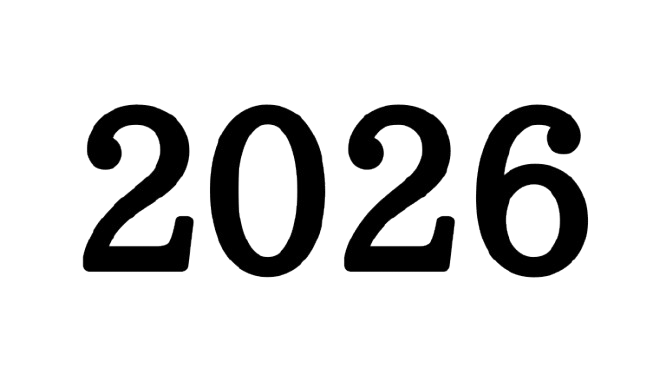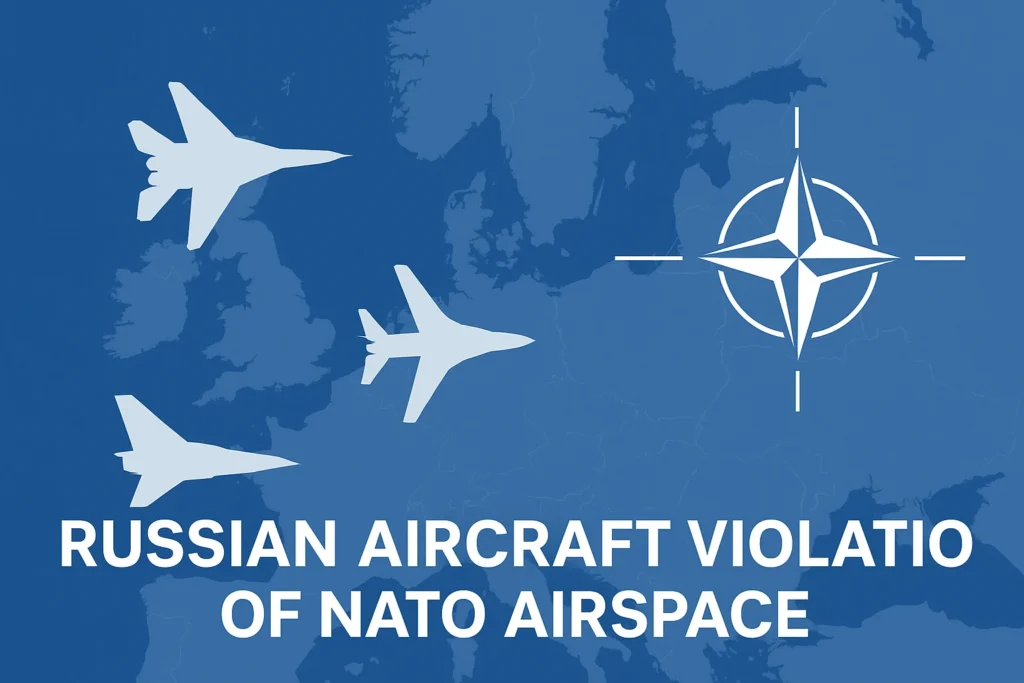Introduction
The year 2025 has seen rising tensions between NATO and Russia, with a series of reported airspace violations across Eastern Europe. Fighter jets and drones linked to Russia have crossed into NATO territory on several occasions, prompting interceptions, diplomatic protests, and increased military readiness.
While such incidents are not entirely new, their frequency and intensity in 2025 have alarmed governments and citizens alike. Understanding these events requires looking at the specific violations, how NATO defines and responds to them, and what risks they carry for regional and global security.
This article provides a detailed breakdown of recent Russian airspace violations, NATO’s legal and military responses, and the potential implications for international stability.
What Constitutes an Airspace Violation Under International Law?
Under international aviation law and the 1944 Chicago Convention, each state has complete sovereignty over the airspace above its territory and territorial waters.
An airspace violation occurs when:
- A foreign military aircraft crosses into a country’s sovereign airspace without permission.
- The aircraft has no approved flight plan filed with air traffic authorities.
- The aircraft has its transponder switched off, preventing radar identification.
- The flight ignores or refuses communication with air traffic control or military interceptors.
For NATO members, such actions are not just minor infractions. They represent potential threats requiring immediate response, especially in border states like Estonia, Latvia, Lithuania, Poland, and Romania, where Russian forces operate close by.
Major Airspace Incidents Reported in 2025
1. Estonia: MiG-31 Fighter Jet Intrusion
In September 2025, three Russian MiG-31 fighter jets reportedly entered Estonian airspace near the Gulf of Finland.
- Duration: ~12 minutes
- No flight plan submitted
- Transponders turned off
- Aircraft refused to respond to communications
Italian F-35 jets, part of NATO’s Baltic Air Policing mission, were scrambled to intercept and escort the Russian aircraft out. NATO later issued a formal condemnation, calling the violation “dangerous and unacceptable”.
2. Drone Breaches Over Poland
Also in September, Polish forces reported shooting down multiple drones that crossed from Belarusian territory into Poland.
- The drones were suspected of being used for surveillance and potentially linked to Russian operations.
- NATO officials described it as part of a pattern of hybrid provocations rather than isolated incidents.
3. Romania and the Black Sea Region
Romania reported Russian drones crashing or being intercepted inside its borders, raising concerns about both civilian safety and the vulnerability of NATO’s southern flank. The Black Sea has long been a flashpoint for NATO-Russia confrontations, especially since Russia’s annexation of Crimea.
4. Growing Concerns in Sweden and the Baltic States
Although Sweden only joined NATO in 2024, its officials have warned that Russian aircraft could test Swedish airspace as well. Baltic states (Latvia, Lithuania, Estonia) continue to report near-daily approaches and probing maneuvers by Russian aircraft along their borders.
READ MORE: Is the U.S Government Shut Down
NATO’s Response Mechanisms
Air Policing Missions
NATO’s Air Policing program continuously monitors and intercepts unauthorized airspace activity in Europe. Member states deploy fighter jets on rotation to the Baltic region, Black Sea area, and other hotspots.
When an aircraft is detected:
- Scramble order is given to NATO fighters.
- Fighters identify the intruding aircraft visually.
- They escort it out or force it to land if necessary.
Article 4 Consultations
Some incidents in 2025 have triggered Article 4 of the NATO treaty, which allows member states to call consultations when their territorial integrity or security is threatened.
- Estonia, Poland, and Romania have all raised concerns through Article 4.
- NATO reaffirmed that it would take “all necessary measures to defend its airspace.”
Upgrades in Air Defense and Radar
In response to repeated violations, NATO has:
- Expanded drone detection networks in Poland and Romania.
- Deployed additional F-35 squadrons to the Baltics.
- Begun integrating AI-driven radar systems to track smaller unmanned vehicles.
Russia’s Position and Narrative
The Russian government often denies intentional violations, framing them as navigation errors or routine patrols. Russian officials accuse NATO of “provoking escalation” by expanding its military presence near Russia’s borders.
However, Western analysts argue that these violations are deliberate tests of NATO’s readiness, designed to:
- Collect intelligence on NATO response times.
- Send a political message of strength.
- Create pressure on NATO’s eastern members.
Risks of Escalation
1. Military Miscalculation
One of the biggest risks is miscalculation. If NATO interceptors and Russian aircraft clash, the incident could spiral into a larger conflict.
2. Civil Aviation Safety
Many violations occur near civilian flight routes, raising concerns of mid-air collisions. With commercial traffic heavy in Europe, the risks are significant.
3. Diplomatic Fallout
Every violation increases tensions between NATO and Russia, complicating efforts for dialogue, arms control, or conflict resolution.
How NATO Countries Are Responding
- Poland: Deploying more air defense systems and requesting permanent NATO troops.
- Estonia, Latvia, Lithuania: Pushing for stronger NATO air patrols and advanced radar coverage.
- Romania: Strengthening Black Sea defenses with help from France and the U.S.
- Sweden: Conducting readiness drills and warning of possible Russian probes.
- Germany and France: Calling for a balance between deterrence and diplomatic engagement.
Public and Political Reactions
In NATO countries directly affected, public opinion is hardening against Russia. Political leaders in Estonia and Poland warn that Russia is testing NATO’s credibility.
Meanwhile, in Western Europe, some governments urge caution to avoid unnecessary escalation while still maintaining collective defense commitments.
What to Watch in Late 2025 and Beyond
- Frequency of Violations: Will Russia continue increasing drone and fighter incursions?
- NATO’s Readiness Drills: Expect more high-profile exercises in the Baltics and Black Sea.
- Diplomatic Pathways: Will there be renewed talks on military transparency, or will both sides dig in?
- 2026 NATO Summit: Security guarantees for Eastern members will dominate discussions.
Frequently Asked Questions (FAQ)
Has Russia violated NATO airspace before?
Yes. Russian aircraft have crossed NATO borders multiple times in the last decade, but the intensity in 2025 has drawn special concern.
What is NATO’s Article 4?
Article 4 of the NATO treaty allows member countries to consult together whenever one feels its territorial integrity or security is threatened.
Does an airspace violation mean war?
Not necessarily. While violations are serious, NATO typically responds with interceptions, protests, and consultations before considering stronger measures.
How does air policing work?
Air policing is a 24/7 mission where NATO jets are ready to scramble and intercept unauthorized aircraft.
Why are drones an increasing issue?
Drones are harder to detect, often cheaper, and used for surveillance. Their growing use in border regions makes them a key part of modern hybrid warfare.
Conclusion
The Russian aircraft and drone violations of NATO airspace in 2025 highlight a period of rising geopolitical tension. These incidents are not just isolated breaches but part of a larger pattern of strategic pressure on NATO’s eastern flank.
NATO has responded with air policing, consultations, and military upgrades, but the situation carries real risks of miscalculation and escalation.
As Europe moves into 2026, the balance between deterrence and diplomacy will shape how this confrontation unfolds.

